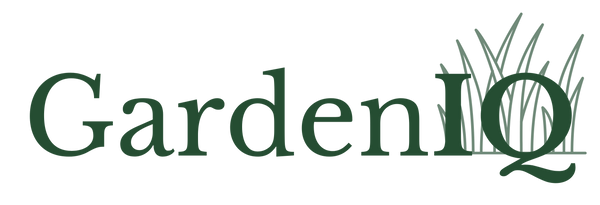
Diagnosing Yellow Leaves and Restarting Stalled Growth
Why leaves lose color in midsummer
Plants drive nutrients upward whenever temperatures rise and light stays high. Nitrogen and key micronutrients move fastest and therefore run out first. Once deficiency reaches new leaves, chlorophyll fades and growth stalls. Water alone will not reverse this; targeted feeding resets the balance.
Five clues it’s a nutrition problem, not disease
- The youngest leaves turn pale before the old ones.
- Midrib veins stay green while tissue between veins yellows.
- Blossoms fall within forty-eight hours of opening.
- New stems grow shorter with each successive node.
- Lower foliage develops small brown specks that do not rub off.
Disease usually arrives with spots that spread in irregular shapes and includes wilting or odor. Nutrient stress follows a clear top-to-bottom or bottom-to-top pattern instead.
Two-product rescue kit
-
High Yield 2-0-4
Provides gentle protein nitrogen and soluble potassium. These macros restart basic metabolism without forcing rank, weak growth. -
Octane Boost 4-0-2
Chelated manganese, zinc, and boron correct hidden trace shortages so buds hold and leaves regain full size.
Practical recovery schedule
Week 1: Mix 2 tablespoons High Yield per gallon. Drench soil until water just begins to exit the drain holes.
Week 2: Spray foliage with 1 tablespoon Octane Boost in one gallon of water during early morning. Lightly mist the soil surface as well.
Weeks 3-4: Repeat Week 1 and Week 2 in sequence. Observe color change in three to five days after each foliar pass.
Tips that improve uptake
- Keep soil slightly moist, never water-logged, so new feeder roots receive oxygen.
- Rinse foliage twenty-four hours after a fish-emulsion drench if plants are kept indoors to prevent odor.
- Avoid combining Octane Boost with hard well water. Use filtered or rainwater to keep micronutrients active.
Myth check
Adding extra phosphorus will not fix yellow leaves. Most container mixes already hold more phosphorus than plants use in a full season. Pushing more locks out iron and zinc, which deepens the yellow pattern you are trying to cure.
Follow the two-week cycle and re-evaluate. A proper green return and renewed shoot length show that nutrition, not disease, was the culprit. Maintain a half-strength version of the schedule every two weeks through the rest of the warm season to prevent the problem from coming back.
